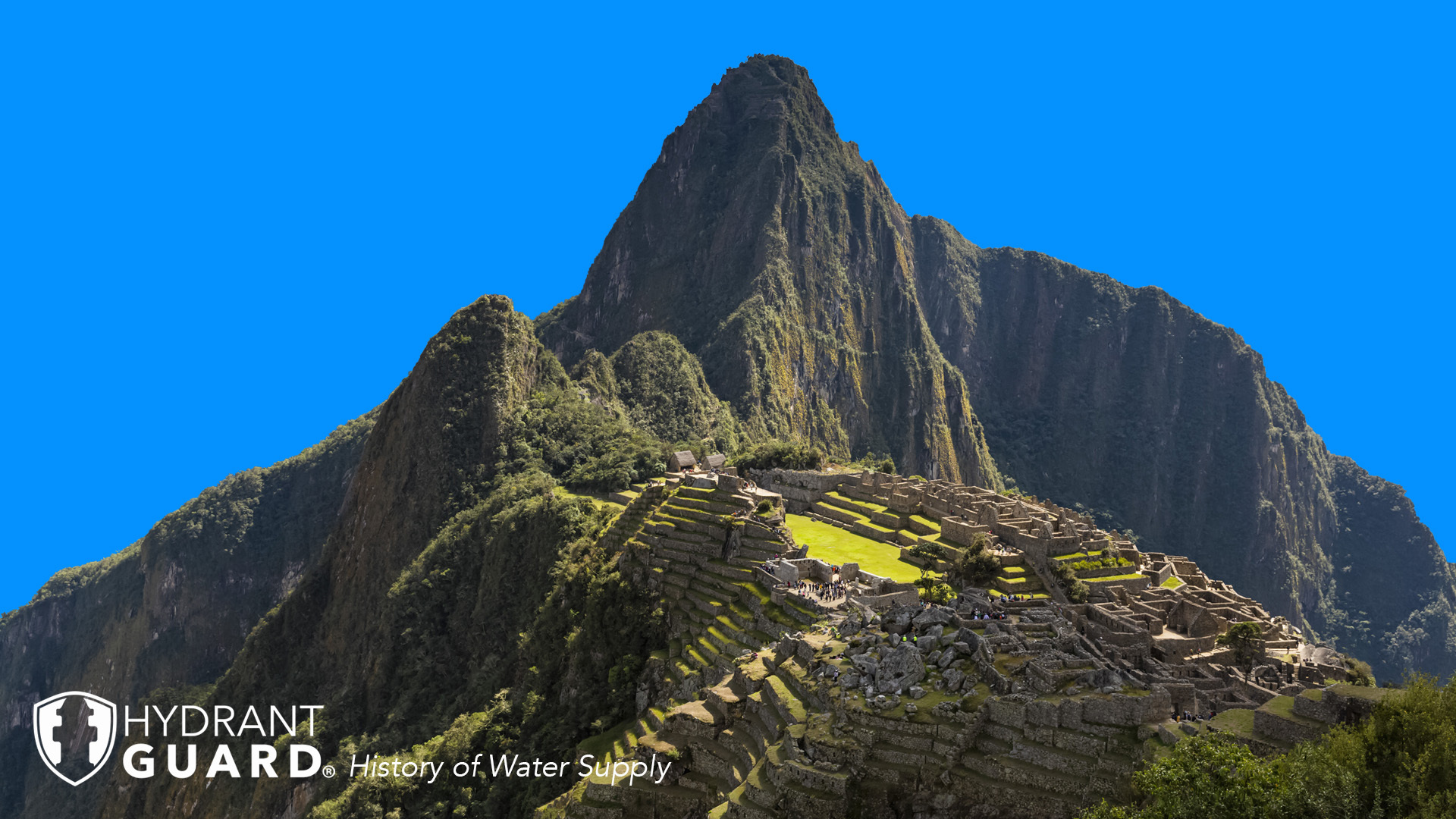What We Learned from Early Water Management Systems
This post is part of our History of Water Supply Series

Innovative water management practices have sprung up all over the world in different forms, influenced by local hydrological and hydrogeological conditions. Every new settlement, town or city, demands an understanding of how local water sources work, including how to exploit and protect them. And this is no less important today than it was in the past.
Some of the oldest water management inventions are wells for drawing on underground sources, and cisterns and reservoirs for collecting rainwater and snowmelt. But there are other more surprising examples from past civilizations that continue to astound us today.
3,000 years ago on the island of Crete in modern-day Greece, the Minoan civilization enjoyed running water, sophisticated plumbing systems, and self-evacuating toilets. Already three millennia ago, thanks to running water, the Minoans were flushing and, of course, flourishing.
Farther east, the Persians were building ‘qanats’. These underground aqueducts were carved out of hills and mountains, carrying water beyond the evaporating glare of the sun. In fact, this idea – shading waterways to minimize evaporation – is once again being piloted in California, only this time using solar panels for shading.
Another spectacular example of ancient hydraulic engineering can be found in Machu Picchu. Known as the Incan Stairway of Fountains, this engineering marvel has a few remarkable features: water flow is controlled at points by permeable walls, engineered to let water seep through at a controllable rate, and drainage channels to deal with excess flow. As for the watercourse, it first passes through the agricultural zone, then downwards to the regent’s residence before flowing into more than a dozen fountains in the town itself.
If the direction of this watercourse sounds familiar, it’s because this basic framework still goes to the heart of modern water supply debates (especially in the arid Western US states): who gets first dibs on water? How is it allocated? Is the system built to be dynamic during times of stress, strain and change?
In our next episode, we take a look at the society that excelled at tackling these questions, and whose influence remained dominant in Europe for 1500 years: Rome.

